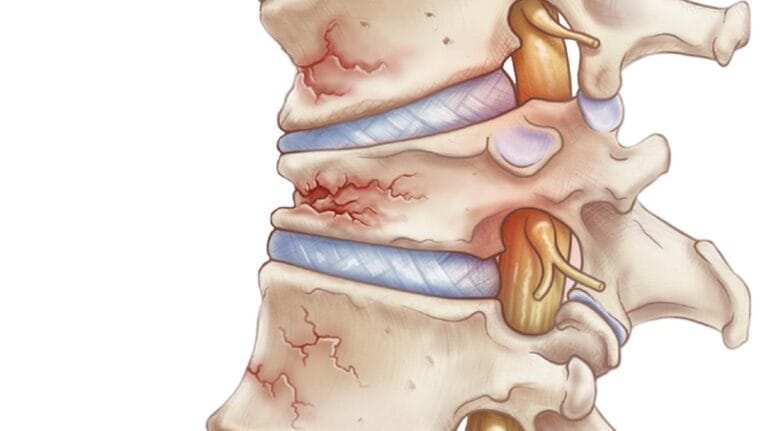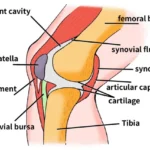As we age, bones become thinner and lose strength, leading to osteoporosis—a condition where bones are weak and prone to fractures. Osteoporosis often goes unnoticed until a bone breaks, commonly affecting the spine through vertebral compression fractures. These fractures occur approximately 1.5 million times annually in the U.S., being nearly twice as common as other osteoporosis-related fractures like hip and wrist fractures.
Anatomy of the Spine
The spine is composed of 24 vertebrae stacked to form a protective canal for the spinal cord. Key components include:
- Vertebrae: Small, rectangular bones that create the spine’s natural curves.
- Intervertebral Disks: Flexible disks between vertebrae that cushion and absorb shock.
Causes and Symptoms of Spinal Fractures
Osteoporosis causes vertebrae to weaken, leading to compression fractures from minimal stress or activities. These fractures result in back pain, worsening with movement and alleviated by rest. Severe fractures can cause nerve pain radiating into the legs.
Diagnosis and Examination
A comprehensive medical history and physical examination are essential. Diagnostic imaging such as X-rays, MRI, CT scans, and bone density testing (DEXA) help assess fractures and osteoporosis severity.
Treatment Options
Nonsurgical Treatment
Most vertebral compression fractures heal within three months with rest and limited pain medication. Bracing may be recommended to restrict movement and allow healing. Treating osteoporosis is crucial to prevent further fractures.
Surgical Treatment
Surgery is considered for severe, non-responsive pain. Minimally invasive procedures like kyphoplasty and vertebroplasty involve injecting bone cement to stabilize the fracture and restore vertebral height.
Prevention
Preventive measures include maintaining a healthy diet, engaging in weight-bearing exercises, and using medications to strengthen bones and prevent fractures. Regular check-ups and bone density tests are essential for early detection and management of osteoporosis.





